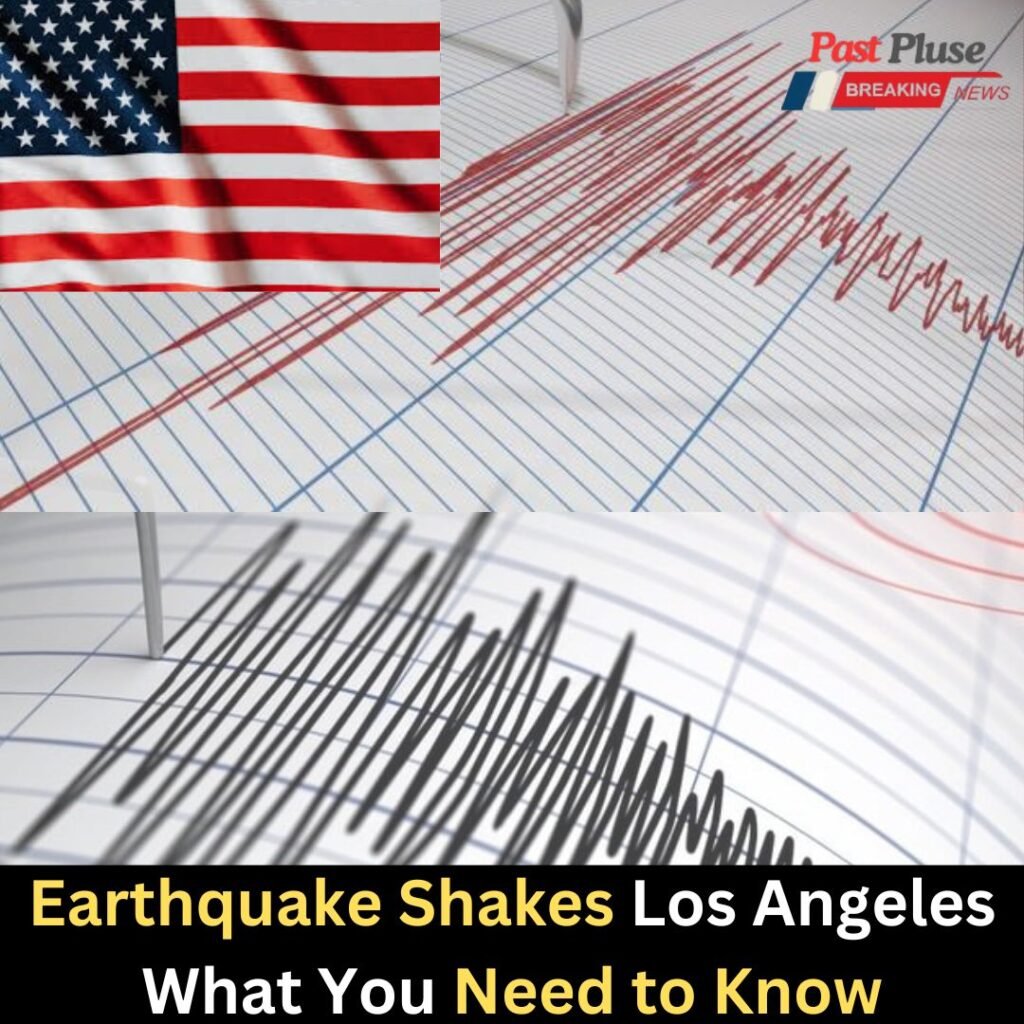
Los Angeles, a city known for its glamour, entertainment industry, and sprawling urban landscape, has long been on edge due to its geological location. Sitting on multiple fault lines, including the infamous San Andreas Fault, Los Angeles is no stranger to earthquakes. However, when a significant tremor strikes, it always sends ripples of concern through its nearly 4 million residents. Recently, Los Angeles experienced yet another earthquake, leaving many wondering: What do we need to know?
The Recent Earthquake: A Quick Overview
In the early hours of [Date], an earthquake of magnitude [Magnitude] struck Los Angeles, shaking the city and its surrounding areas. The tremor was felt across a wide swath of Southern California, causing temporary power outages, structural damages, and widespread anxiety.
Though earthquakes in this region are common, this particular event has drawn attention due to its magnitude, proximity to densely populated areas, and the damage it has caused. Early reports from the United States Geological Survey (USGS) identified the earthquake’s epicenter to be [Location], with a depth of [Depth] kilometers.
Immediate Aftermath
Within minutes of the quake, emergency services were mobilized, and city officials urged residents to remain calm while staying prepared for potential aftershocks. Thankfully, despite the widespread shaking, no fatalities have been reported at this time. However, emergency rooms were flooded with individuals who suffered minor injuries from falling debris, and structural engineers began assessing potential damages to buildings, bridges, and roads.
Key facts about the earthquake:
- Magnitude: [Magnitude] on the Richter scale
- Epicenter: [Location]
- Depth: [Depth] kilometers
- Aftershocks: [Number] aftershocks reported within 24 hours
- Damage: Power outages, minor structural damage, injuries reported
Why Do Earthquakes Happen in Los Angeles?
Los Angeles lies near the Pacific Ring of Fire, a seismically active zone encircling the Pacific Ocean. The city’s susceptibility to earthquakes stems from its location along the San Andreas Fault and other active fault lines like the Newport-Inglewood and Whittier faults.
When the stress along these plates reaches a breaking point, it causes the ground to slip and release energy in the form of seismic waves—resulting in an earthquake.
Though the San Andreas Fault tends to garner the most attention, numerous other smaller faults crisscross Los Angeles, making the region a hotbed for seismic activity. Earthquakes in the city are not uncommon, and while most are minor and go unnoticed, every few years, a more significant tremor reminds residents of the region’s seismic reality.
What to Expect After the Earthquake
Aftershocks
One of the immediate concerns following any earthquake is the likelihood of aftershocks. These smaller tremors often occur in the hours or days following the main event, and while they are usually weaker, they can still cause damage—especially to already weakened structures.
Seismologists warn that aftershocks can persist for days or even weeks, though the chances of a significant aftershock tend to decrease over time. Residents are encouraged to stay vigilant, keep emergency supplies on hand, and ensure that their homes are structurally safe.
Structural Damages
While modern buildings in Los Angeles are constructed to withstand significant seismic activity, older structures are more vulnerable. This earthquake has reignited concerns over the city’s older, unreinforced masonry buildings, which are at higher risk of collapse during strong quakes. After the earthquake, engineers and city officials urged residents to have their homes and businesses inspected for structural damage, especially if they reside in older buildings.
Power Outages and Utility Disruptions
The earthquake caused temporary power outages in several parts of the city. Utility companies responded swiftly to restore services, but residents were warned of potential rolling blackouts as the grid recovers from the shock. Additionally, there were reports of water main breaks and gas leaks, emphasizing the importance of knowing how to shut off utilities in the event of an emergency.
Traffic and Transportation
In the aftermath of the quake, several major highways were temporarily closed as transportation authorities inspected bridges and overpasses for potential damage. Public transportation services, including the Metro and bus lines, were also briefly halted. Commuters are advised to plan for delays in the days following the earthquake as inspections and repairs continue.
If you live in Los Angeles, being prepared for an earthquake is crucial. Though scientists cannot predict when the next earthquake will strike, there are steps you can take to stay safe and minimize damage to your home and property.
Before an Earthquake
- Prepare an Emergency Kit: Every household should have an emergency kit that includes food, water, medications, a flashlight, batteries, and first-aid supplies to last at least three days.
- Secure Your Home: Ensure that heavy furniture, such as bookshelves and cabinets, are anchored to the walls. Consider retrofitting your home to withstand seismic activity if it’s an older structure.
- Know Your Exits and Safe Spots: Identify safe places in your home, such as under sturdy furniture or against an interior wall. Also, know where the exits are in case you need to evacuate.
- Develop a Family Communication Plan: Make sure everyone in your household knows what to do during an earthquake and how to communicate if you are separated.
Also Read More>..
Australia vs England A Historic Rugby and More, Rugby, and More”




